Colorado’s Science Fair Stars (starts at 3:18)
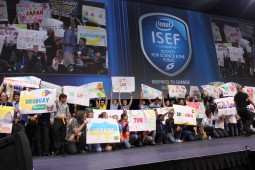
As the end of the school year approaches for high school students, it’s a good time to celebrate the achievements and passion of students in Colorado who have excelled in science, technology, math and engineering (STEM). Two of them — Hope Weinstein, a senior at Fairview High in Boulder, and Michael Brady, a senior at Cherry Creek High School in Greenwood Village — were finalists at a renowned global competition last week. It’s the Intel International Science and Engineering Fair, which is a program of Society for Science & the Public.
Hope and Michael talk with co-host Susan Moran about their research and their message to other students.
Rosetta Comet Mission (starts at 15:16)
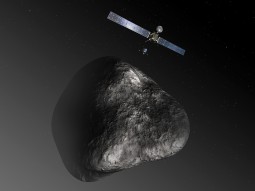
When he’s not busy volunteering with How On Earth, Joel Parker is an astronomer with the Southwest Research Institute — and that’s the hat he has on today as our in-studio guest. He joins us to talk about the European Space Agency’s Rosetta mission, which will tag along with comet 67P/Churyumov-Gerasimenko as it swings nearer to the sun later this summer.
Joel is the Deputy Lead Investigator for ALICE, the ultraviolet spectrometer aboard the spacecraft. He’s also the featured presenter at Cafe Scientifique tomorrow night. So think of this conversation as a preview of what you might hear if you join him tomorrow at Brooklyn’s down in Denver. Joel will give a very informal talk starting at 6:30 pm, and will try to answer all your tough questions about comets, Rosetta, or anything else. CafeSci is free and open to the public.
Producer: Ted Burnham
Co-Hosts: Ted Burnham, Susan Moran
Engineer: Ted Burnham
Listen to the show:
Podcast: Play in new window | Download (Duration: 24:32 — 22.5MB)
Subscribe: RSS

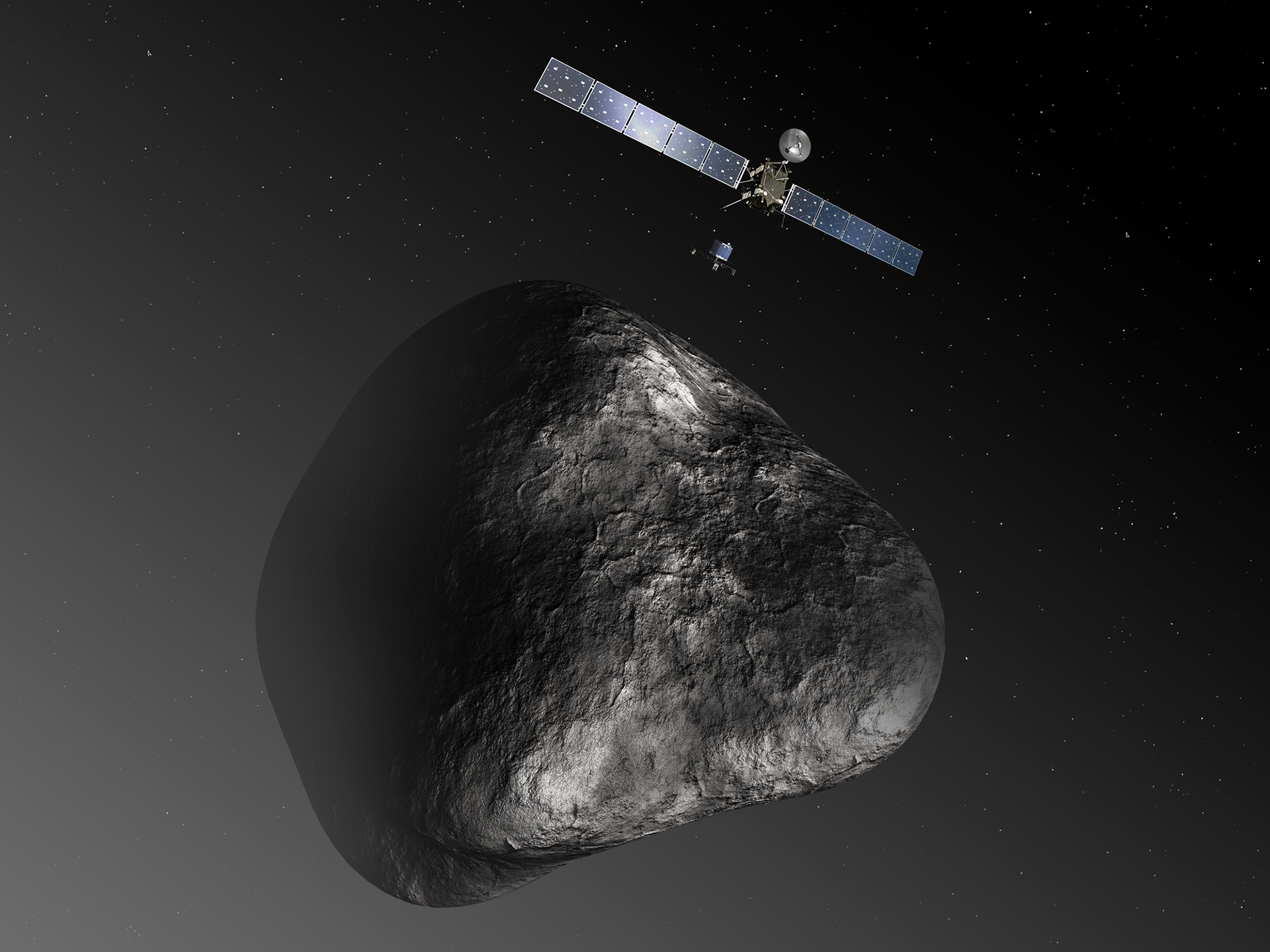


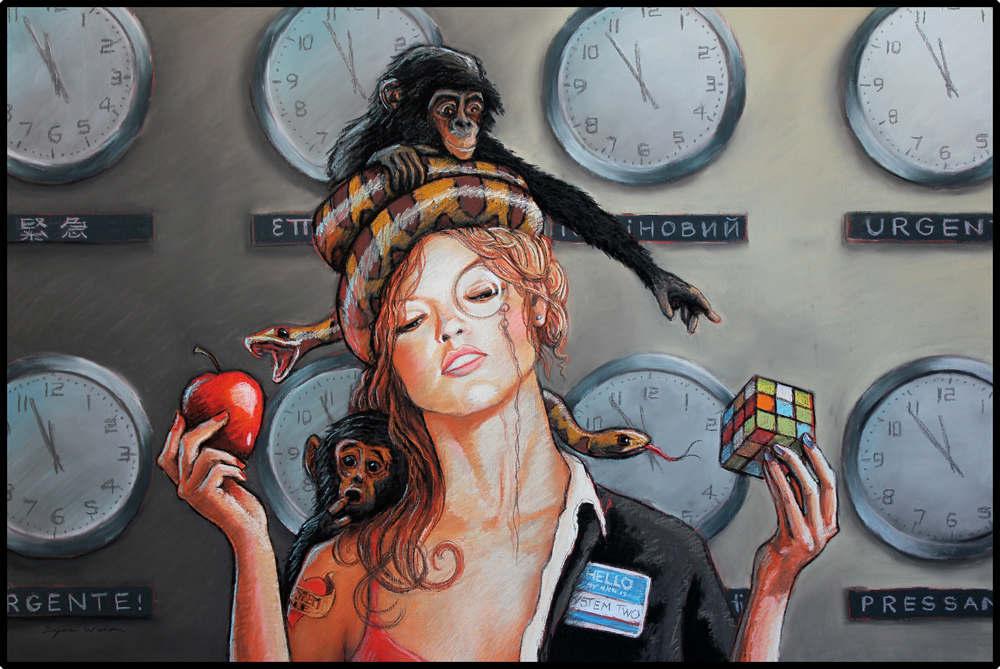
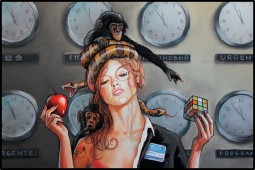 Gold Lab Symposium (starts at 3:42): Biotech entrepreneur
Gold Lab Symposium (starts at 3:42): Biotech entrepreneur 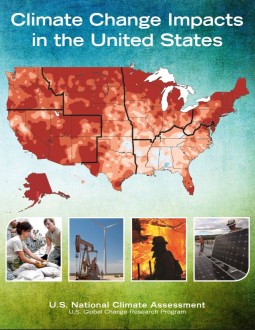 U.S. Climate Change Report (starts at 11:50) The
U.S. Climate Change Report (starts at 11:50) The 


 Baseball Vision (starts at 5:42): The major league baseball season is now in full “swing.” Fans may take it for granted that these professional athletes are in top physical condition. What’s less known is how important it is for baseball players to have perfect eyesight. Batters in particular have some of the best vision in the world. To find out how scientists know this, and study it, and even make it better, How on Earth’s Shelley Schlender last month headed down to spring training in Arizona. There, she caught up with two of the nation’s top experts on the science of vision, and sports.
Baseball Vision (starts at 5:42): The major league baseball season is now in full “swing.” Fans may take it for granted that these professional athletes are in top physical condition. What’s less known is how important it is for baseball players to have perfect eyesight. Batters in particular have some of the best vision in the world. To find out how scientists know this, and study it, and even make it better, How on Earth’s Shelley Schlender last month headed down to spring training in Arizona. There, she caught up with two of the nation’s top experts on the science of vision, and sports.
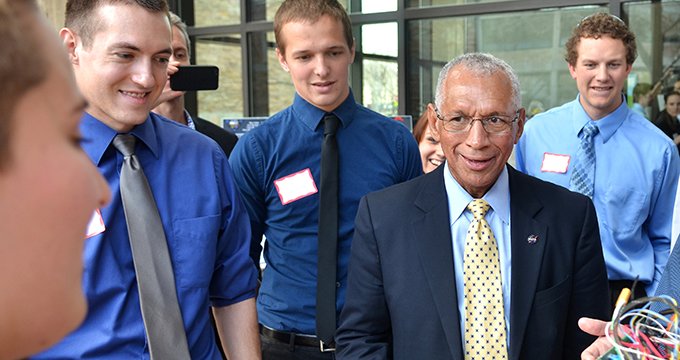
 Earth Day gives us plenty of reason to reflect on the state of the planet and the impact we humans have had on it. This week’s show featured
Earth Day gives us plenty of reason to reflect on the state of the planet and the impact we humans have had on it. This week’s show featured 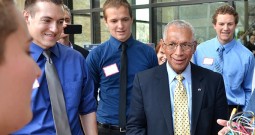

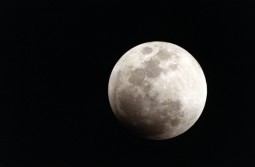

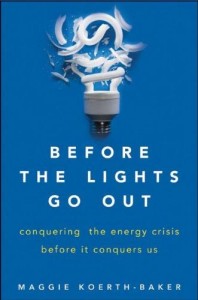

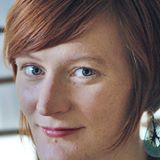 Welcome to this special edition of How on Earth. This week, the 66th annual
Welcome to this special edition of How on Earth. This week, the 66th annual 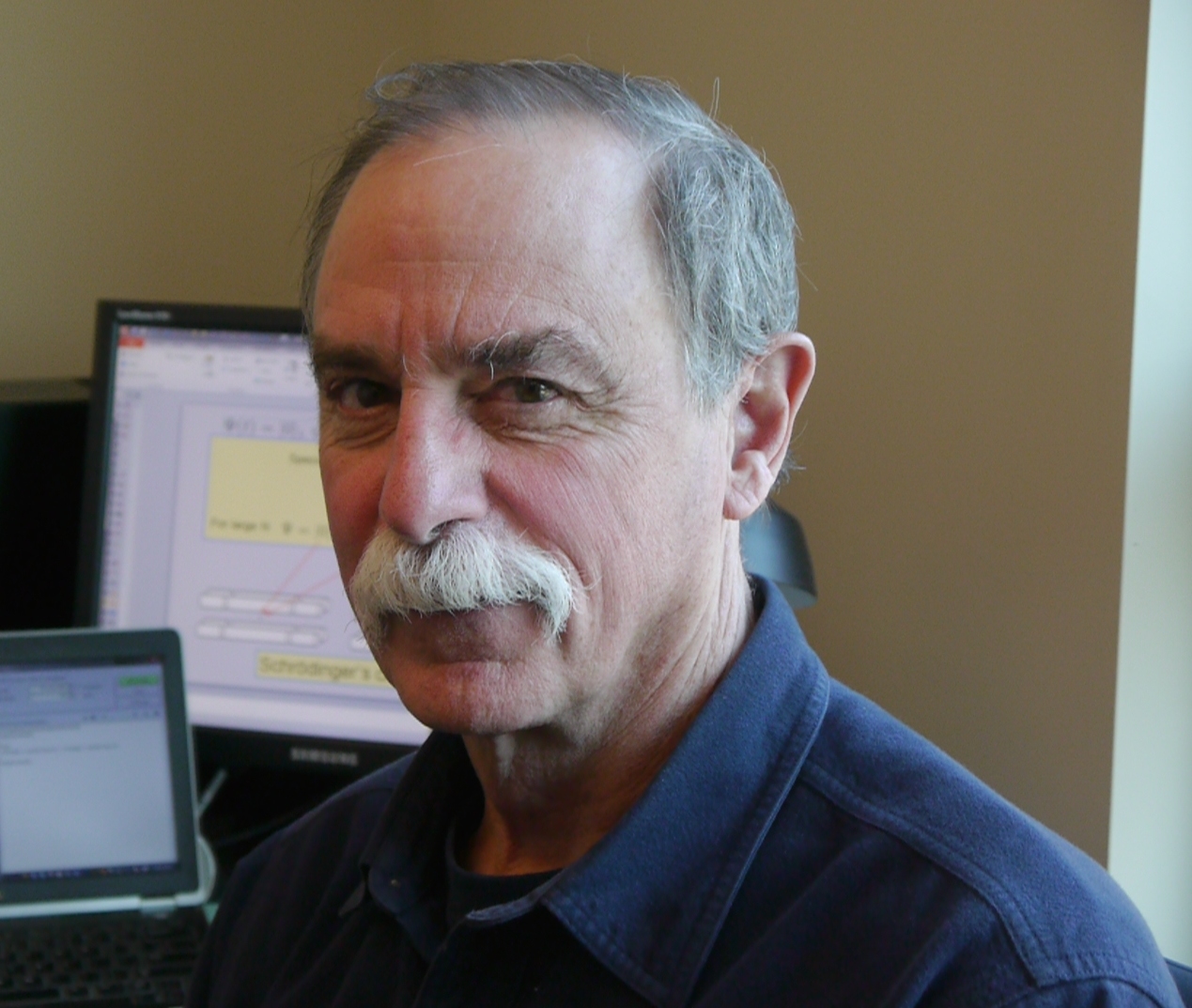
 Quantum Computers
Quantum Computers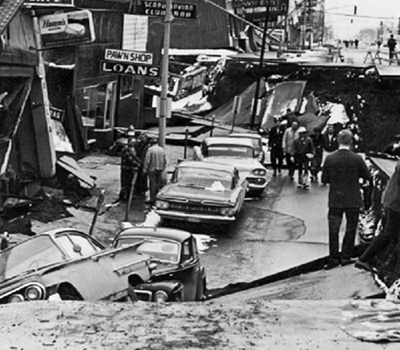

 Neuroscience of Dying (start time 12:38) If there’s one thing more certain than taxes—pardon the reminder—it’s death. It may be certain, but it’s still one of life’s biggest mysteries. On today’s show, we explore what neuroscience can tell us about chemical and hormonal releases that can occur as we near the threshold of death.
Neuroscience of Dying (start time 12:38) If there’s one thing more certain than taxes—pardon the reminder—it’s death. It may be certain, but it’s still one of life’s biggest mysteries. On today’s show, we explore what neuroscience can tell us about chemical and hormonal releases that can occur as we near the threshold of death.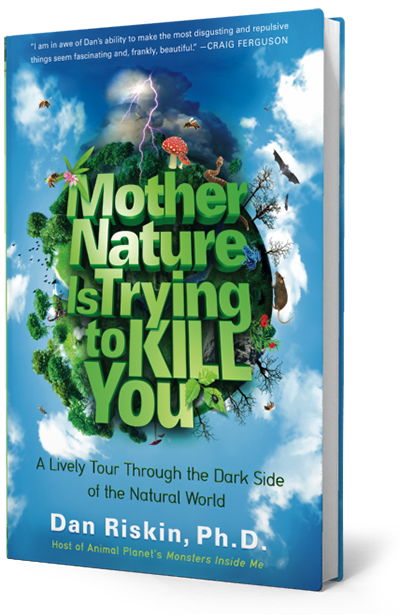
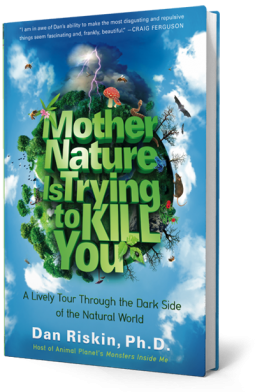 Welcome to the Spring Pledge Drive edition of How On Earth. I’m this quarter’s Executive Producer, Jim Pullen.
Welcome to the Spring Pledge Drive edition of How On Earth. I’m this quarter’s Executive Producer, Jim Pullen.